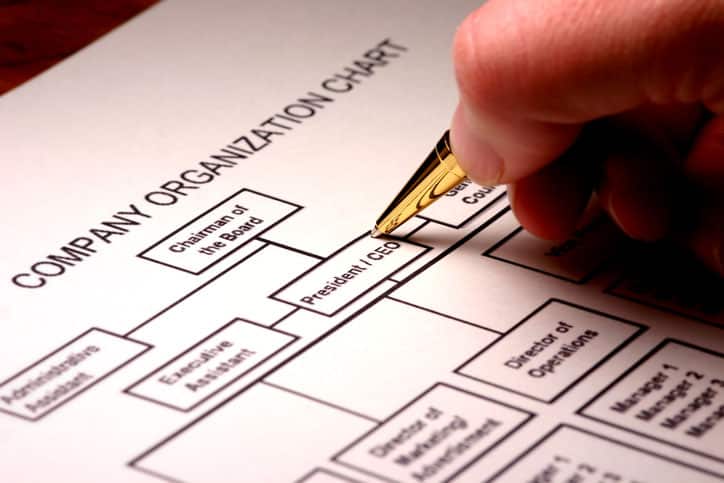
An organization chart is a visual representation of the structure and hierarchy of an organization. It outlines the relationships between different roles and positions within the company, and provides a clear overview of the chain of command. While some businesses may view an organization chart as unnecessary or overly formal, there are several reasons why every business should use an org chart maker to create one. This article will discuss the four key reasons why your business should take advantage of organization charts.
1. Provides clarity and structure
One of the primary benefits of an organization chart is that it provides clarity and structure within the company. By clearly outlining the roles and responsibilities of different positions, employees can better understand their place within the organization and the expectations associated with their role. This can help to reduce confusion and misunderstandings, and ensure that everyone is on the same page.
Additionally, an organization chart can help to establish a clear chain of command. This is particularly important in larger organizations, where multiple layers of management may exist. By clearly identifying who reports to whom, employees can better understand the decision-making process and who they should turn to for guidance or support.
2. Facilitates communication and collaboration
Another key benefit of an organization chart is that it can facilitate communication and collaboration within the company. By providing a clear overview of the different departments and teams within the organization, employees can better understand how their work fits into the broader picture. This can help to break down silos and encourage cross-functional collaboration, which can lead to more innovative ideas and better business outcomes.
In addition, an organization chart can help to facilitate communication between different levels of management. By clearly identifying who reports to whom, managers can better understand their responsibilities and communicate effectively with their superiors and subordinates.
3. Helps with long-term planning
An organization chart can also be a valuable tool for long-term planning. By providing a clear overview of the organizational structure, business leaders can better understand the strengths and weaknesses of the company. This can help to identify areas where the organization may need to invest in additional resources or personnel, or where existing roles may need to be restructured.
Additionally, an organization chart can help with succession planning. By clearly identifying the roles and responsibilitiesof different positions within the organization, business leaders can better prepare for the future and ensure that the company is well-positioned for growth and success.
4. Increases accountability and transparency
Finally, an organization chart can help to increase accountability and transparency within the company. By clearly outlining the responsibilities of different positions, employees can be held accountable for their actions and decisions. This can help to create a culture of responsibility and ownership, where employees are empowered to take ownership of their work and make decisions that align with the company’s goals.
In addition, an organization chart can help to increase transparency within the company. By providing a clear overview of the organizational structure, employees can better understand how decisions are made and who is responsible for them. This can help to build trust and confidence among employees, which can ultimately lead to higher employee satisfaction and retention.
What to Keep In Mind When Creating an Org Chart.
If your business does not have an organization chart, it may be time to consider creating one. Here are some tips to help you get started:
Determine Your Organizational Structure
Before creating an organization chart, you will need to determine the structure of your organization. This may involve identifying the different departments or teams within the company, as well as the roles and responsibilities associated with each position.
Choose a Format
There are several different formats you can use to create an organization chart, including hierarchical charts, matrix charts, and flat charts. Choose a format that works best for your organization and the level of detail you want to include.
Include all Relevant Positions
Make sure to include all relevant positions within your organization, from entry-level roles to executive positions. This will help to ensure that everyone has a clear understanding of their place within the company.
Keep it Updated
An organization chart is only useful if it is kept up-to-date. Make sure to review and update the chart regularly, especially when there are changes to the organizational structure or new positions are added.
Use it as a Tool for Growth
Finally, remember that an organization chart is not just a static document – it can also be a tool for growth and development. Use the chart to identify areas where the organization may need additional resources or personnel, and to plan for future growth and expansion.
In conclusion, there are several reasons why every business should have an organization chart. From providing clarity and structure to facilitating communication and collaboration, an organization chart can be a valuable tool for any business that wants to succeed and grow. By creating an effective organization chart and regularly reviewing and updating it, businesses can ensure that they are well-positioned for the future and that their employees have the tools and resources they need to be successful.
































